When Norwegian soprano Lise Davidsen stepped onto the Metropolitan Opera stage as Puccini’s Tosca, she joined a rarefied lineage of Nordic divas who have conquered New York. Critics hailed Davidsen as “the latest in a short list of Nordic voices – including Karita Mattila and Birgit Nilsson – who have claimed Tosca”. It was a triumphant arrival for the young singer from Stokke, Norway, and a vivid example of how artists from the Nordic countries – Norway, Sweden, Denmark, Finland, and Iceland – are leaving an indelible mark on New York City’s music scene. In the 21st century, New York has become a thriving hub for Nordic classical musicians and conductors. From the stages of Lincoln Center to the classrooms of Juilliard, Nordic talent is enriching the city’s cultural life with their artistry, collaborations, and unique cultural perspective.
Nordic Maestros and New York’s Orchestras
New York’s premier concert halls have warmly welcomed Nordic maestros at the podium and on the programs. Nowhere is this more evident than at the New York Philharmonic, which in recent years has embraced several Scandinavian conductors and composers. In 2009, the Philharmonic’s newly appointed Music Director Alan Gilbert (himself of partial Scandinavian heritage) invited Finnish composer Magnus Lindberg to serve as composer-in-residence. Lindberg’s music even kicked off Gilbert’s inaugural concert, with Expo premiering on opening night. A few years later, another Finn, the renowned Esa-Pekka Salonen, was appointed the Philharmonic’s composer-in-residence for a three-year term beginning in 2015. During his residency Salonen wrote and conducted new works with the orchestra, underscoring the deepening ties between the Nordic contemporary music scene and New York’s musical landscape.
Nordic conductors have also been frequent guests at New York’s orchestras. Veteran Swedish-American maestro Herbert Blomstedt, now in his 90s, regularly leads the New York Philharmonic in luminous performances of the core repertoire, while trailblazing Finns like Susanna Mälkki bring fresh perspectives. Mälkki – one of today’s most sought-after conductors – appears regularly with top U.S. orchestras and has been a frequent guest with the New York Philharmonic. Audiences and players alike admire her precise, dynamic style. When she made her Metropolitan Opera conducting debut, it was in L’Amour de Loin, an opera by Finnish composer Kaija Saariaho, and the excellent Susanna Mälkki made her Met debut in the pit to rapturous applause. That 2016 production was history-making: L’Amour de Loin was the first work by a woman composer at the Met since 1903, bringing a surge of Nordic innovation to New York’s most august opera house.
The Philharmonic’s programs have increasingly reflected this Nordic enthusiasm. Under Gilbert and his successors, New Yorkers have heard more Sibelius, Nielsen, Grieg, and contemporary Nordic composers than ever before. Even the venerable Carnegie Hall has played host to curated series by Nordic artists. Celebrated Norwegian pianist Leif Ove Andsnes, for instance, became the first Scandinavian to curate Carnegie Hall’s “Perspectives” series in 2004-05, and later served as the New York Philharmonic’s Artist-in-Residence in the 2017–18 season. During that residency, Andsnes championed Scandinavian composers and dazzled audiences with his interpretations of Grieg and other Nordic masters. The Danish composer Carl Nielsen’s symphonies have been showcased in New York as well, often to highlight the rich Scandinavian orchestral tradition for new audiences.
From Scandinavia to the Met: Voices of the North
On the grand stage of the Metropolitan Opera, Scandinavian voices have a storied legacy – and are thriving anew in the 21st century. Lise Davidsen’s meteoric rise is emblematic. After winning the Operalia competition in 2015, Davidsen made her Met debut in 2019, and by 2024 she was headlining as Tosca in New York’s familiar, traditional, rich-in-detail production. With her “cool, penetrating voice” carrying immense emotional weight, Davidsen has quickly become a favorite of Met audiences, following in the footsteps of legendary Swedish soprano Birgit Nilsson who dominated the Met in the mid-20th century. Davidsen’s triumphs also echo those of Finland’s Karita Mattila, who famously sang Tosca at the Met and earned a devoted following. As one critic noted, Davidsen is continuing a Nordic tradition of vocal brilliance in New York, joining Mattila and Nilsson as standard-bearers of a powerful Scandinavian operatic style.
Swedish soprano Nina Stemme has likewise been a towering presence at the Met in the 21st century. Since her house debut in 2000, Stemme has been acclaimed for mastering the most challenging roles in Wagner and Strauss. New York audiences have witnessed her searing portrayals of Isolde, Brünnhilde, and Elektra, confirming her status as one of the world’s leading dramatic sopranos. Critics marveled at Stemme’s vocal power and emotional depth, which seem to channel the legacy of earlier Swedish greats like Kirsten Flagstad and Jussi Björling (the latter a Swedish tenor who was a Met mainstay in the 1940s). Together, Stemme and Davidsen – one Swedish, one Norwegian – have given New York a double infusion of Nordic vocal gold, often drawing comparisons to past icons and proving that the pipeline of talent from the north is as strong as ever.
It’s not only singers who bridge the Nordic and New York worlds at the Met. Finnish conductor Susanna Mälkki’s Metropolitan debut, mentioned earlier, was significant not just because she was a rare female conductor on the Met’s podium, but also because she brought contemporary Finnish music to one of opera’s greatest stages. Under her baton, Kaija Saariaho’s L’Amour de Loin cast a spell over the audience with its shimmering, otherworldly score – a mesmerizing Met debut for both conductor and composer. The success of that production in 2016 – more than a century after a woman composer’s last appearance at the Met – highlighted New York’s growing openness to new voices and global repertoire. It also underscored the influence of Nordic artists in expanding the Met’s horizons, from classic Wagnerian operas (long a domain of Swedish and Danish stars) to bold 21st-century works from Finland.
Juilliard and the Nordic Talent Pipeline
Many of these Nordic luminaries did not simply arrive fully formed in New York – they honed their craft here, often through the city’s famed conservatories and mentorships. The Juilliard School, in particular, has been a magnet for young Scandinavian and Nordic musicians seeking top-tier training. Icelandic pianist Víkingur Ólafsson is one striking example: he moved to New York at 18 to study at Juilliard, craving “a big city and a big school” environment with peers equally passionate about music. Ólafsson ended up spending six formative years in New York, soaking in all the cultural riches the city offers. “During those six years in New York, I went to the New York Philharmonic, Carnegie Hall, Metropolitan Opera… two or three times every week. I saw so many things,” he recalled. That immersion shaped him into the “Icelandic Glenn Gould” some call him today – an artist whose intellect and sensitivity, nourished in New York, have captivated the classical world.
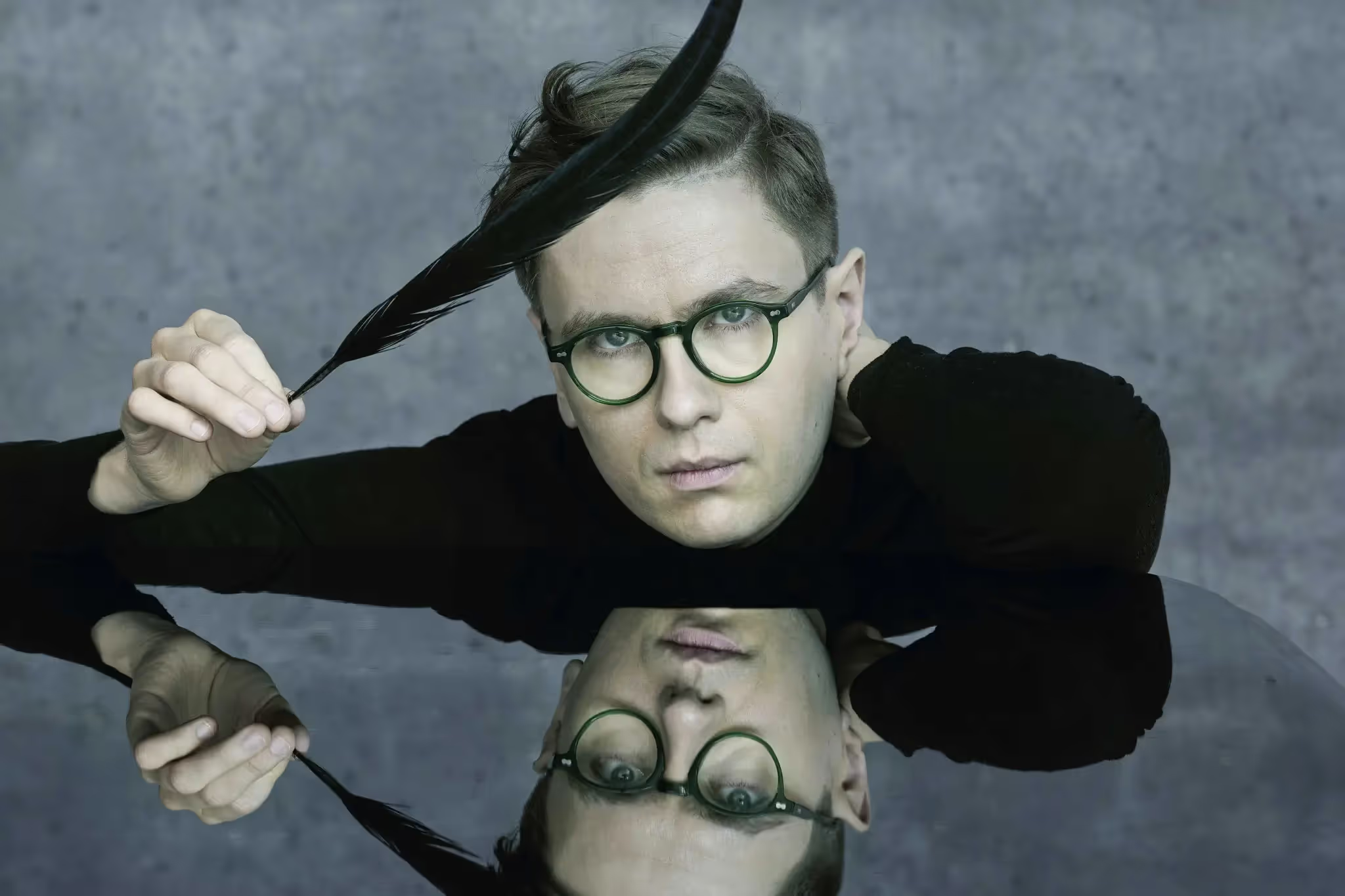
Ólafsson is not alone. Danish violinist Nikolaj Szeps-Znaider (formerly Nikolaj Znaider), now an internationally renowned soloist and conductor, also spent crucial years in Manhattan. After early studies in Copenhagen, he refined his technique under the legendary pedagogue Dorothy DeLay at the Juilliard School in New York. The experience plugged him into the American musical network and exposed him to influential mentors and collaborators. Indeed, Juilliard’s studios and practice rooms have seen a steady stream of Nordic prodigies: from Finnish conductors studying orchestral conducting, to Swedish and Norwegian instrumentalists polishing their artistry. The result is a two-way cultural exchange – Nordic students bring their perspectives and folk influences, and in turn absorb New York’s cosmopolitan energy and standards of excellence.
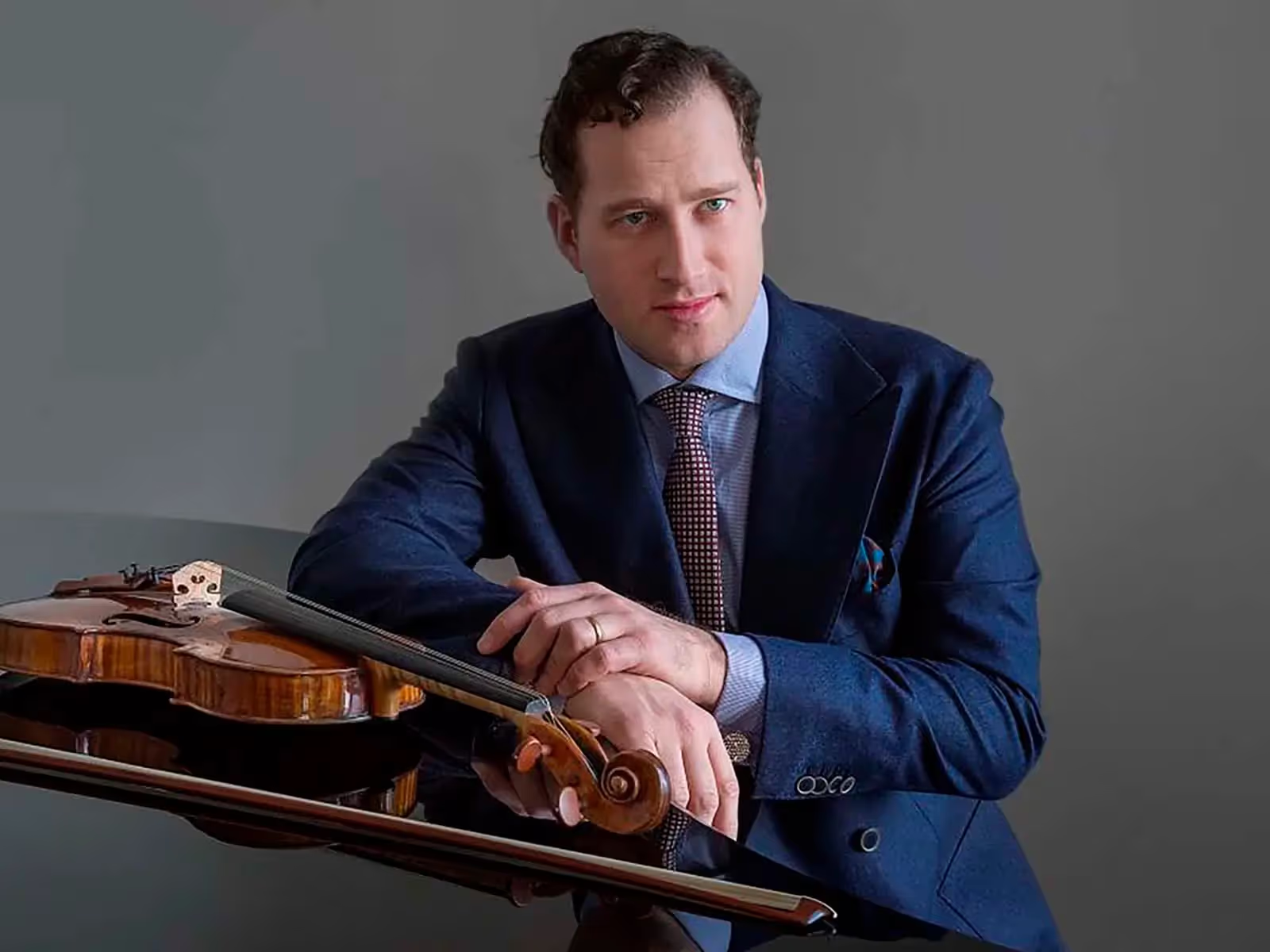
Collaboration has also been a theme as Nordic and American institutions join forces. In 2017, for example, Juilliard and Finland’s Sibelius Academy launched an unprecedented orchestra exchange. Students from New York and Helsinki formed a combined symphony orchestra, touring both countries under the baton of Esa-Pekka Salonen. The joint concerts celebrated Finnish Independence centennial and Juilliard’s own centenary, featuring music by Sibelius and a new Salonen concerto – symbolizing how intertwined the two musical worlds have become. As one Juilliard participant noted, the project “celebrates not only the central threads of Finnish culture but also the influences of Juilliard and musical developments in America”. Such projects give young Nordic musicians a chance to collaborate with American peers, learn from each other’s traditions, and perform in high-profile venues like Alice Tully Hall at Lincoln Center. They also reaffirm New York’s role as a global crossroads where a Finnish cello concerto can be rehearsed on 65th Street and an American orchestra can thunder through Sibelius in Helsinki.
Beyond Juilliard, New York’s rich ecosystem of ensembles has provided platforms for Nordic artists. The city even boasts a dedicated Scandinavian ensemble: the New York Scandia Symphony, founded and led by Danish conductor Dorrit Matson. For over two decades this orchestra has delighted New York City listeners with “interesting and exciting programs” of music by Nordic composers. In fact, up to 90% of Scandia’s repertoire has been U.S. premieres, reviving forgotten works by Danish, Swedish, Norwegian, and Finnish composers and introducing them to American audiences. Such efforts have not only preserved Nordic musical heritage but also fostered a sense of pride among Scandinavian-Americans. The Scandia Symphony often performs at venues like Symphony Space and Scandinavia House – cultural beacons for the Nordic community in NYC. Matson and her orchestra demonstrate how a big city like New York can also embrace niche ensembles that strengthen cultural exchange through music.
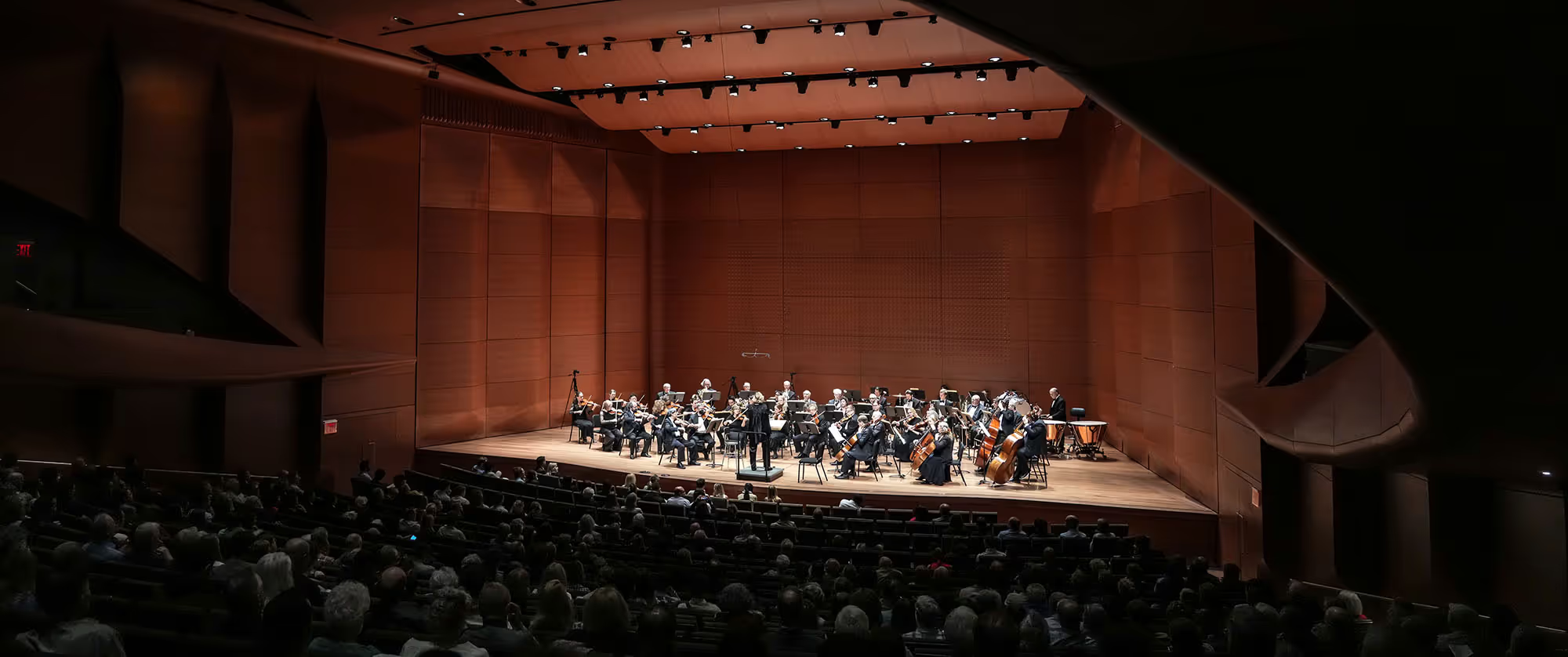
Cultural Bridges: Nordic-American Community in NYC
The influence of Nordic musicians extends beyond concert halls and into the cultural fabric of New York’s communities. Scandinavians have a long history in New York (from the 19th-century Swedish immigrants who founded “Little Scandinavia” in Brooklyn, to the modern expats working in Manhattan’s design and tech firms), and music has been a natural gathering point. Organizations like Nordic Artists of New York have sprung up to foster connections among creative professionals from the Nordic and Baltic regions living in the city. In spring 2025, this group organized TRUE NORTH, a Nordic arts festival that made history by bringing 50 artists from 8 Nordic and Baltic countries together for a sold-out showcase in Manhattan. Held at the century-old New York Estonian House, the event featured an immersive exhibition and live performances across disciplines – from music and dance to visual arts – all inspired by Nordic nature and culture. Ancient indigenous instruments shared the stage with contemporary compositions, and folk tunes mingled with jazz and classical pieces. The townhouse-turned-venue was filled with “a strong sense of community, connection to nature, and a shared cultural heritage” throughout the evening.
Importantly, many of the performers at True North were Nordic musicians who now call New York home, illustrating how deeply they’ve integrated into the city’s cultural life. For instance, among the lineup was Johannes Linneballe, a Danish classical singer, and Elsa Nilsson, a Swedish flutist – both of whom are based in NYC and regularly collaborate with American and international artists. Also appearing was Oskar Stenmark, a Swedish jazz trumpeter blending folk melodies with modern improvisation, and Timothy Johnson, a Norwegian-American jazz guitarist bridging Nordic tunes and New York’s jazz tradition. These artists exemplify the cross-pollination happening in New York’s music scene: Nordic performers working with American ensembles, and vice versa, creating new art that reflects a hybrid identity. As Petra Jasmiina, the Finnish founder of Nordic Artists of New York, remarked at the festival, the event was a testament to her “True North” – the two things we can turn to even in dark and uncertain times: art and community. It’s a sentiment that resonates strongly in New York, where diverse communities sustain themselves through shared cultural expression.
Even on a more intimate scale, Nordic classical artists in New York often engage with local cultural centers and audiences. The Swedish Church in Midtown hosts Lucia Day concerts each December featuring Swedish choirs; the Norwegian Seamen’s Church on East 52nd Street organizes classical recitals showcasing Norwegian pianists or violinists passing through town. At Scandinavia House – the Nordic Center on Park Avenue – you might find the Danish String Quartet playing an informal gig or leading a masterclass. In fact, this young Copenhagen-based quartet has become one of New York’s beloved chamber ensembles. They have been frequent guests of the Chamber Music Society of Lincoln Center, most famously when they undertook a marathon traversal of Beethoven’s 16 string quartets over 11 days in early 2020. The series was a sensation: the Danish String Quartet, one of the most sought-after young ensembles today, took audiences on a remarkable journey through Beethoven’s complete quartets in a sold-out festival at Alice Tully Hall. The New York Times praised the group for setting a “new standard” in Beethoven interpretation and noted the special chemistry between the Danish musicians and the New York audience. The quartet’s blend of Nordic folk warmth and razor-sharp technique has clearly struck a chord here – and they, in turn, have embraced New York as a second home for their music-making.
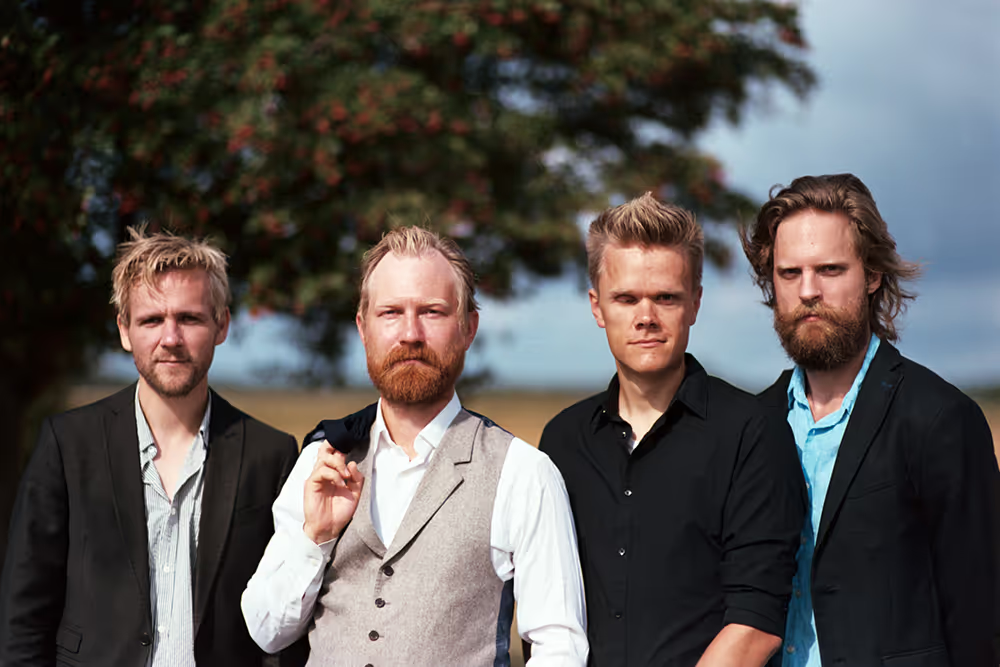
The Magnetic Pull of NYC: Why Nordic Talent Thrives Here
What draws so many Nordic classical musicians to New York City, and why have they become so influential in its cultural scene? Part of the answer lies in New York’s status as a global arts capital – a place where the world’s best convene to test themselves against the highest standards. For ambitious artists from relatively small countries like Norway or Finland, New York offers a vast stage and a rich network of institutions that simply have no equivalent back home. It’s telling that Víkingur Ólafsson explicitly sought out the big-city energy of NYC to push his development, surrounding himself with “many more people who were as ambitious about music as I was”. That drive to be in an environment of excellence and competition has lured countless others. At Juilliard and the city’s other top conservatories, Nordic students find world-class faculty and peer inspiration. And once they graduate, New York provides career-launching platforms – whether it’s a debut recital at Carnegie Hall’s Weill Hall or an apprenticeship in the Met’s Lindemann Young Artist program.
Another factor is the wealth of opportunities for collaboration. New York’s musical ecosystem is expansive: a Nordic conductor can guest-lead the Philharmonic one week and the Metropolitan Opera Orchestra the next; a chamber musician can play at the 92nd Street Y, then jam at a Brooklyn jazz club. This fluidity appeals to versatile Nordic artists who often excel in multiple genres. Consider Finnish composer-conductor Esa-Pekka Salonen: in Los Angeles he made his name as an innovative music director, but in New York he found opportunities to present his own compositions (like his Piano Concerto, premiered by the NY Phil) and to mentor young musicians via institutions like the New York Philharmonic and Juilliard. For someone like Salonen – or emerging composers such as Sweden’s Anders Hillborg and Iceland’s Anna Thorvaldsdottir, whose works have been championed by NY ensembles – New York is a laboratory of new ideas and a meeting point for creators from around the world.
Crucially, New York also has a broad and appreciative audience for classical music, one that has become increasingly open to international talent and unfamiliar repertoire. Nordic musicians often remark that New Yorkers’ curiosity motivates them to bring pieces from their homelands. A century ago, Gustav Mahler (then the Met’s conductor) introduced Sibelius’s symphonies to New York; today, a Dane like conductor Thomas Dausgaard can introduce new Carl Nielsen interpretations to a receptive David Geffen Hall crowd. The existence of groups like the Scandia Symphony, which routinely fills seats for concerts of previously unknown Scandinavian compositions, suggests that the city’s listeners are eager for the fresh and the global. This openness creates a virtuous cycle: Nordic artists feel welcomed and understood in New York, so they keep coming and often stay. They not only perform but also influence the cultural conversation – for instance, by teaching on faculty at local schools, curating festival line-ups, or advising organizations on Nordic programming.
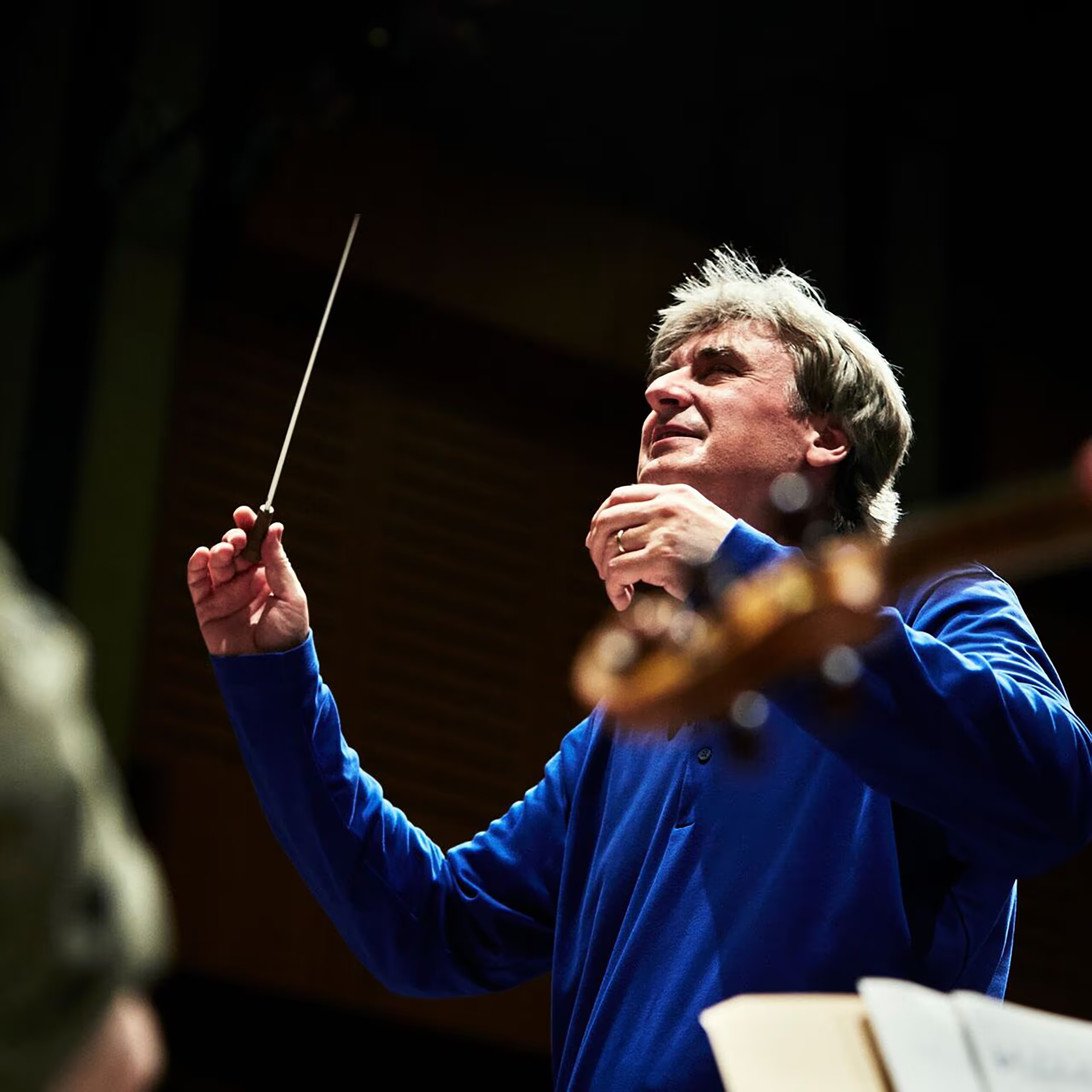
Finally, there’s an ineffable element: the cosmopolitan appeal of New York itself. For artists from the Nordic countries – which are relatively homogeneous and have smaller arts scenes – the sheer diversity of New York’s cultural life is invigorating. In a single week, a violinist from Stockholm could rehearse Brahms with an Argentinian pianist, attend an avant-garde theater piece, hear a West African drumming circle in the park, and play Swedish folk tunes at a Scandinavian midsummer celebration in Queens. Such experiences broaden their artistic sensibilities and often inspire creative fusion. Many have noted that New York’s fast pace and competitive spirit push them to continually improve and innovate, whether they’re conducting a new score or interpreting a classic role for the Met’s discerning patrons.
In reflection, New York City has become a hub for Nordic classical talent because it offers what these artists seek – world-class stages, collaborative networks, enthusiastic audiences, and a vibrant multicultural backdrop – and because they, in turn, offer something New York craves. They bring a fresh artistic perspective rooted in the rich musical heritage of Norway, Sweden, Denmark, Finland, and Iceland, as well as a modern sensibility forged in the progressive arts scenes of their homelands. They carry with them echoes of midnight sun and northern lights, folk songs and avant-garde soundscapes, which add new colors to New York’s palette. The partnership between New York and its Nordic musicians is symbiotic: the city gives them opportunity and inspiration, and they give the city performances and creations that are by turns majestically powerful, introspective, and innovative. In the city that never sleeps, these “northern voices” have found a second home – and their influence ensures that the cultural dialogue between New York and the Nordic world will continue to flourish, enriching both sides for years to come.













.png)
.png)
.png)
